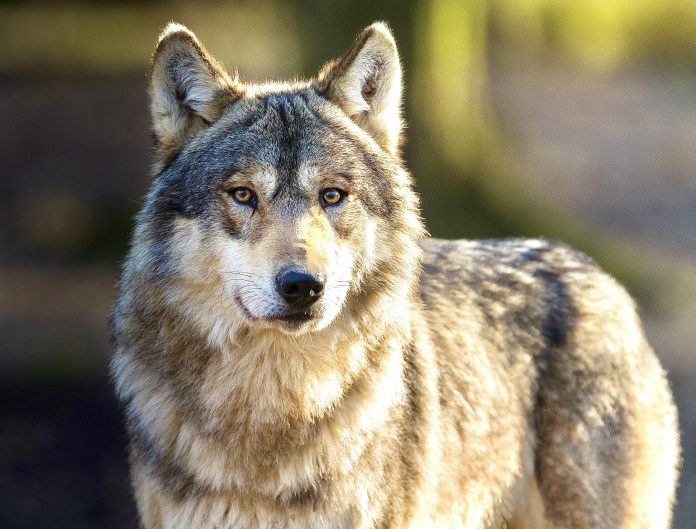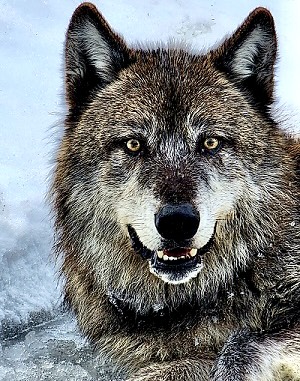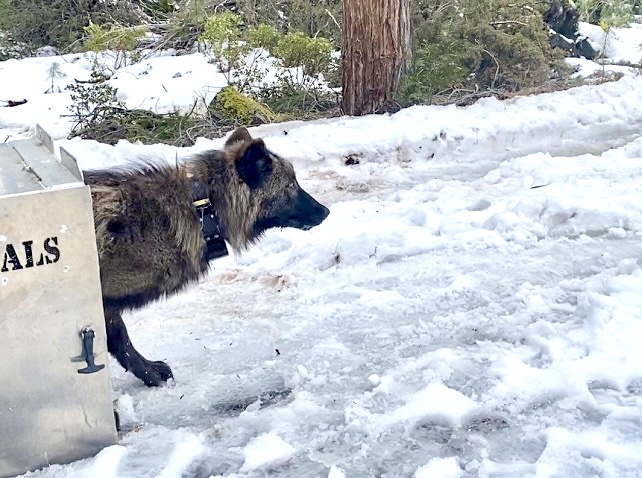
California Fish & Wildlife Captures & Collars Two Gray Wolves To Gain Critical Data To Help Protect The Species In The Wild
By Lauren Lewis
You can help all animals and our planet by choosing compassion on your plate and in your glass. #GoVeg
RELATED ARTICLES
Banning Cruelty: New Legislation Aims To Ban Octopus Farming In The U.S.
New bipartisan legislation has just been introduced in the U.S. to ban commercial octopus farming and prohibit imports of farmed octopus from foreign countries.
The...
Outrage In Yellowstone! Grizzly Bear Killed By Wildlife Officials & Left With Head & Paws Cut Off
Photo by: Trisha McFarland / Cowboy State Daily
A photo of a dead grizzly bear with its head and paws cut off has caused an...
Inside Florida’s Illegal Horse Meat Trade: Undercover Footage Shows Racehorse Being Shot & Butchered
A heart-wrenching discovery of illegal horse slaughter has emerged, with video footage exposing the tragic killing of a racehorse named 'Funny Biz,' who was...
Popular stories
News
Florida Manatees Move Toward Restored Endangered Species Act Protection After Dramatic Decline In Their Population
In response to a formal petition, the U.S. Fish and Wildlife Service announced this week that reclassifying the West Indian manatee from threatened to...
Breaking News
Southern Resident Orcas Receive Endangered Species Act Protections In Oregon Aiding In Their Recovery
The Oregon Fish and Wildlife Commission voted last week to protect Southern Resident orcas under the state’s Endangered Species Act, responding to a February...
News
The 2022 Spring Bear Hunt In Washington Has Been Cancelled This Year After The Fish & Wildlife Commission Voted Against It For The Second...
The Washington Fish and Wildlife Commission voted 5-4 over the weekend against a proposed 2022 spring bear-hunting season. The vote by the commission, which...




